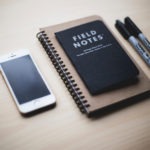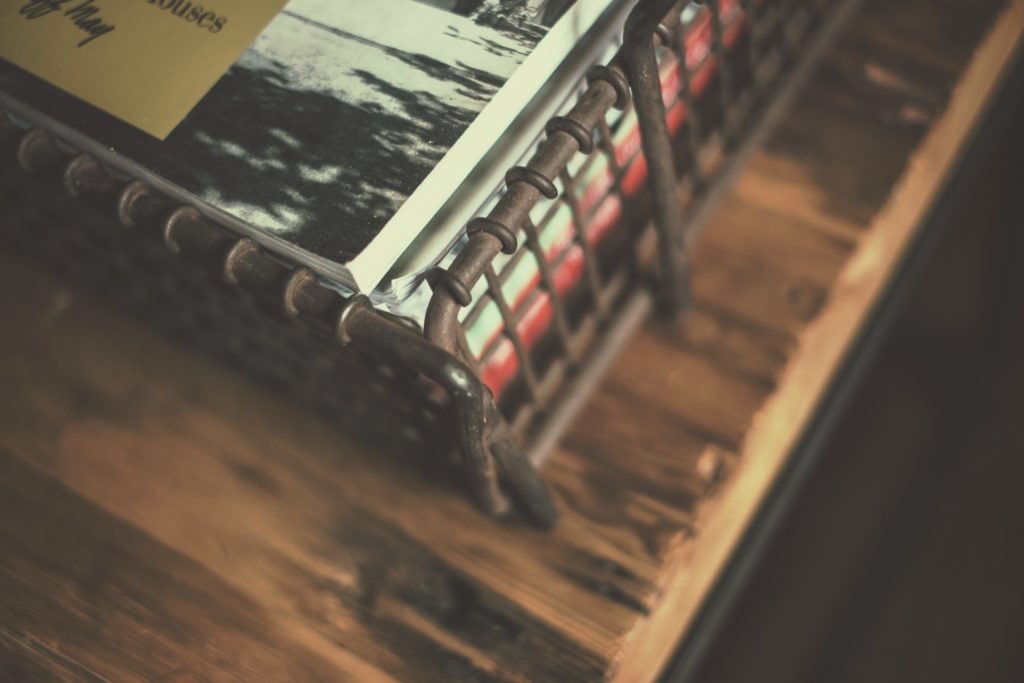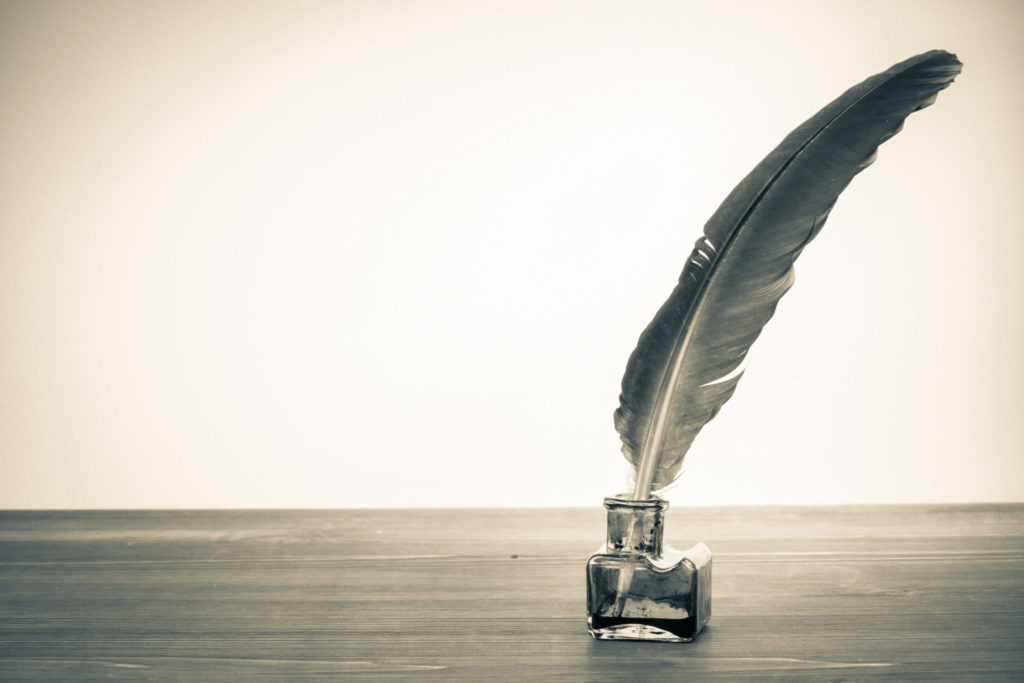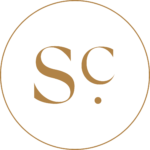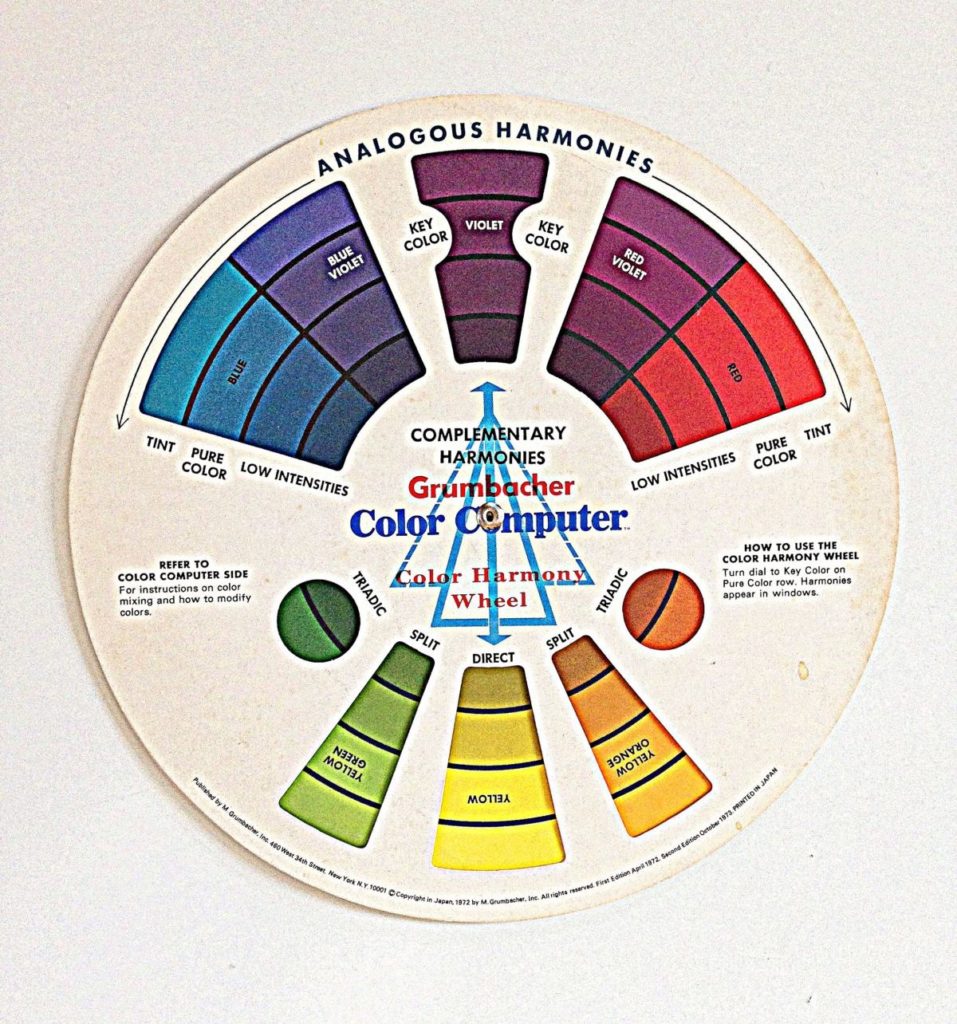
Color is all around us every day. Think about a yellow sunny day versus a gray overcast day. They each have a powerful influence over us — happy or melancholy — whether we are conscious of its effect or not. The psychology of color is undeniable.
I’ve always loved color, but for many years my primary clothing color choice was black. Even past my teenage angst-y phase, I loved wearing black. Who wouldn’t when you can throw it on, instantly look thinner, and always look chic? Done! A no-fuss instant wardrobe.
But, all at once in my mid-20’s, I abandoned my traditional black. It was the day I walked into Anthropologie for the first time. There was a tangle of blue, red, and green bicycles hanging from the ceiling, textured vignettes arranged for outfit suggestions, and mixed-matched patterns fighting for attention wherever you looked. I was captivated by the overabundance of color, and something in me shifted. I suddenly wanted to wear all the colors in the world (or at least all the colors in their store)!
I was excited by color, but why?
Color helps us gather information, process information and remember important concepts. For business, color is a visual cue for shoppers to buy. In fact, color increases brand recognition by 80%. UPS = brown. Home Depot = orange. Apple = gray/silver.
Color clearly affects our mood, emotions, and behavior. Since we all have different backgrounds color will affect us each a little differently. In general, though, we’re all affected in some of the ways outlined below.
How do specific colors trigger you, and your potential clients?
RED
Positive: Love, courage, strength, warmth, energetic
Negative: Aggression, rebellion, anger
Business: Creates urgency and used to hold attention, like Target
BLUE
Positive: Intelligence, communication, trust, loyalty
Negative: Cold, aloof, unfriendly
Business: Causes buyers to relax: Lowes
GREEN
Positive: Refreshment, rest, harmony, peace, health
Negative: Bland, boredom, stagnation, jealousy
Business: Used in companies that want to appear eco-friendly or healthy, such as Whole Foods
YELLOW
Positive: Confidence, self-esteem, friendly, creative
Negative: Anxiety, depression, sickly, irrational
Business: Used to get attention, creates warmth and happiness, as seen with McDonalds
PURPLE
Positive: Luxury, authenticity, wisdom, truth, spirituality, quality
Negative: Decadence, showy, introversion, suppression
Business: A mix of cool and warm, it’s used in many luxury products like Crown Royal
BROWN
Positive: Serious, warm, nature, earth, supportive
Negative: Drab, lack of humor, boring
Business: Due to its warmth and simplicity, it’s used in construction and legal logos, or for chocolate Hershey bars
BLACK
Positive: Sophistication, glamour, security, classy
Negative: Depression, oppression, coldness, aggressive, morbid
Business: Used to market luxury items, like Mercedes-Benz
WHITE
Positive: Hygienic, clarity, purity, cleanness, simplicity
Negative: Sterility, coldness, unfriendly, elitism
Business: Found in logos and marketing materials as negative space and reversed text, like the World Wildlife Fund
Your Brand, Your Colors
My experience walking into Anthropologie forever changed my view of color. Equipped with this information, you can think more about how we interact with color. But most important, ask yourself, “Do my brand colors attract the right type of people to my business?”
If you find you need help deciphering color choices for your brand, we can help! As a part of our services, we manage brand strategy and brand continuity. Contact us to get started.
What colors do you currently use in your branding? Would you change anything? We’d love to hear about it in the comments.




